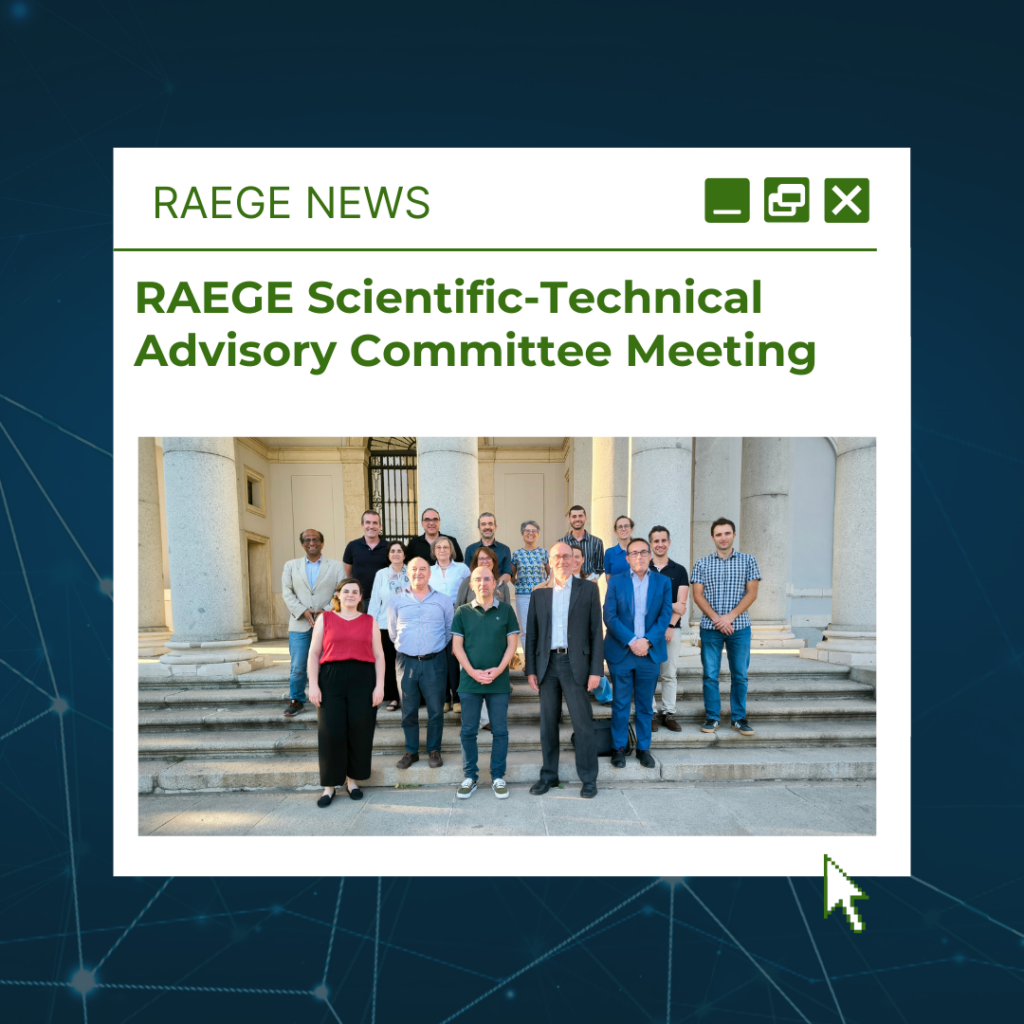Reunión del Comité Asesor Científico-Técnico de RAEGE en el Real Observatorio de Madrid
Reunión del Comité Asesor Científico-Técnico de RAEGE en el Real Observatorio de Madrid Los pasados 28 y 29 de mayo, se celebró en el Real Observatorio de Madrid la reunión del Comité Asesor Científico-Técnico del proyecto de la Red Atlántica de Estaciones Geodinámicas y Espaciales (RAEGE). La jornada reunió a expertos nacionales e internacionales en […]
Reunión del Comité Asesor Científico-Técnico de RAEGE en el Real Observatorio de Madrid Leer más »



